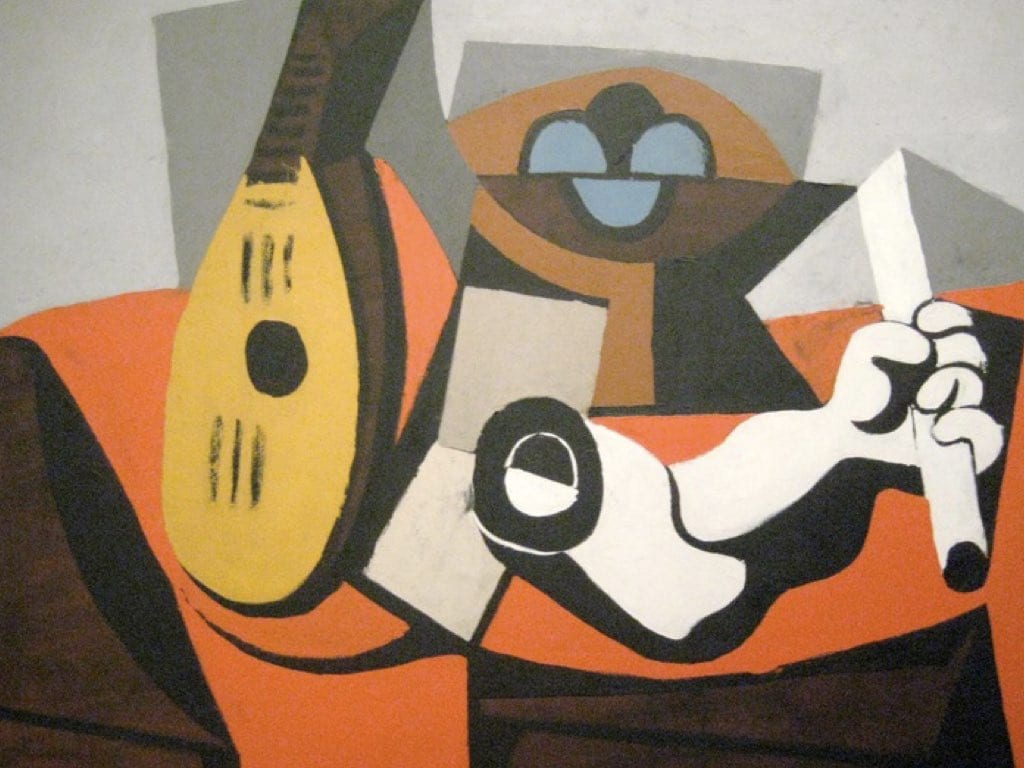Why does it take a “crazy” person to change the world?
What does it mean to be crazy? This is the question that we have been discussing for the past couple of weeks in class. Maybe when you think of the word crazy, you think of someone pushing boundaries or seeing the world differently. Maybe you think of insanity, or, maybe, you think of people changing the world.

The first thing that we did for this project was talk about an Apple campaign nicknamed “The Crazy Ones”. This campaign was focused on people who thought outside of the box and changed the world one step at a time. We watched a commercial about it, and then looked at a line of posters that Apple created with photos of people who shaped our world today.
Pecha Kucha
We then had to create a Pecha Kucha style presentation about a “crazy” individual. I chose to research Pablo Picasso, a 20th century artist. A Pecha Kucha presentation is a style of presentation using 20 slides that each automatically change after 20 seconds. Each slide has a single image on it, with no added text. For the sake of our presentations, we only used 9 slides, so our presentations ended up being exactly 3 minutes long. I then created a script to explain my slides. Here is the keynote that I used to present my learning!
The Life of Pablo Picasso
As humans, we like to understand our surroundings. When we see something that we don’t understand, we become uncomfortable. When an individual steps outside of the box of what’s perceived as “normal”, heads turn. Pablo Picasso took risks as an artist. While many thought of him as crazy and untalented, he persisted in his work to create extraordinary pieces.
Pablo Ruíz Picasso was born in Malaga, Spain, in 1881. He grew up in Barcelona with his mother, his father, and his two sisters. Even from a young age he was taught fine arts skills from his father and attended many art academies. It is rumored that Picasso even knew how to draw before he spoke his first words. One of Picasso’s first known paintings is called “Le Picador”, and showed a bullfighter in front of a crowd. He painted this piece at only nine years old. As a child, his father brought him to watch many bullfights, which inspired this piece.
Picasso continued to develop his artistic styles, and went through many phases of paintings, such as his widely known “Blue Period”, where he used almost exclusively cool toned blue and green colors in his artwork. This period lasted for three years. At the time, Picasso was the only Artist to have ever done something like this.
After Picasso met fellow artist Georges Braque in 1907, they began to produce a different style of artwork than had ever been seen before. This style, called cubism, was focused on the geometric shapes of images. Many cubist paintings took ordinary environments and moved parts around in an abstract way. The paintings ended up being very abstract, and were widely thought of as poorly made and untalented. One of Picasso’s cubist paintings, called The Mandolin, the Fruit Bowl, and the Plaster Arm, is shown here.
If you looked at this painting without knowing anything about it, you’d probably have a difficult time telling what it was supposed to be. The parts of the picture have been simplified down to their basic geometric shapes, then rearranged. Many people viewed Picasso’s work as bad and thought he was crazy to think that something so unrealistic could ever look good. Picasso showed them wrong, however, and ended up leading the development and understanding of modern art to what it is today.
Picasso’s paintings are hung in numerous museums. There is an entire museum dedicated to his work in Barcelona. Called the Picasso Museum, it is home to over four thousand two hundred of Picasso’s works. This goes to show that even when others think that someone is out of their mind to think outside of the box, but if they persist in their work, they can create the change needed to lead the world.









